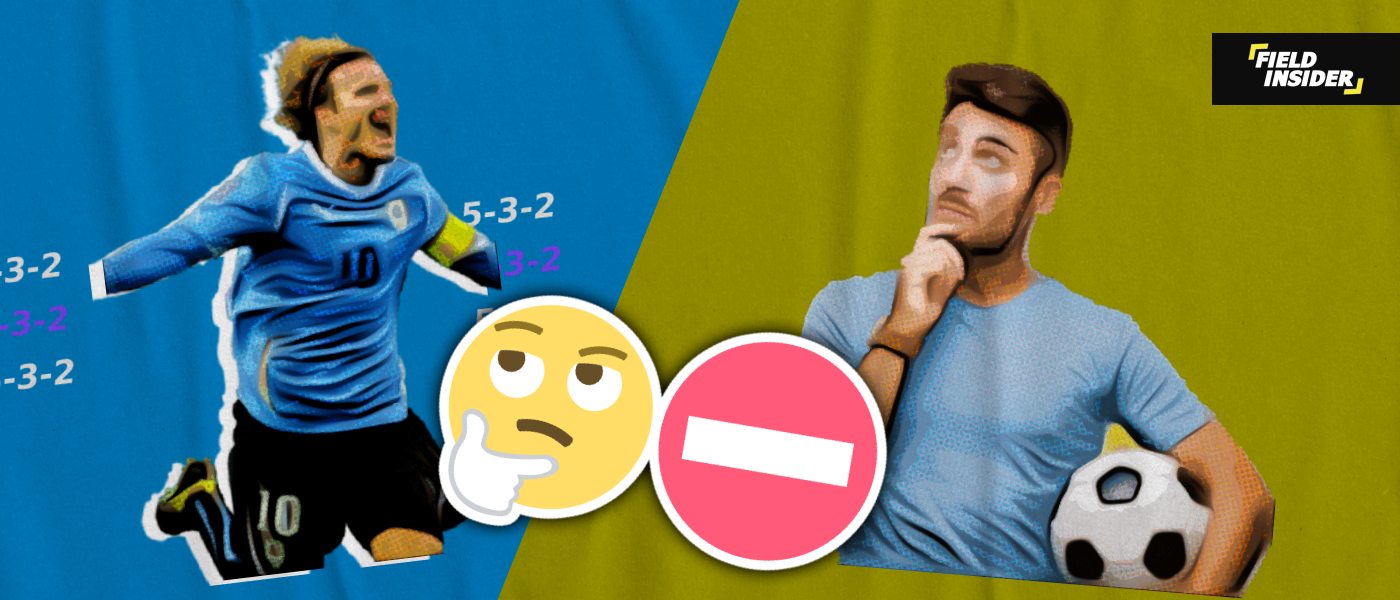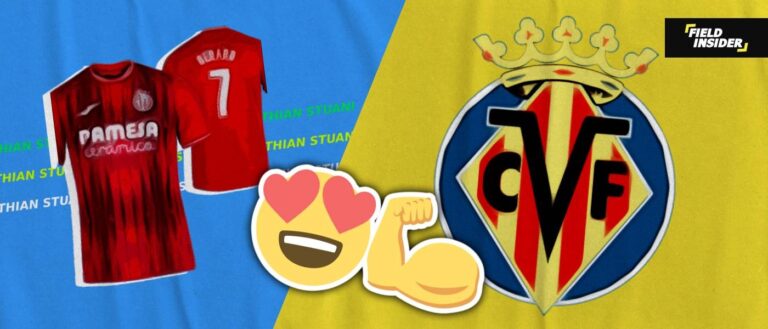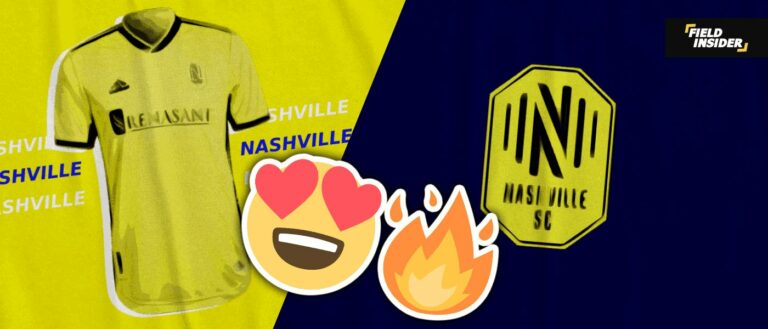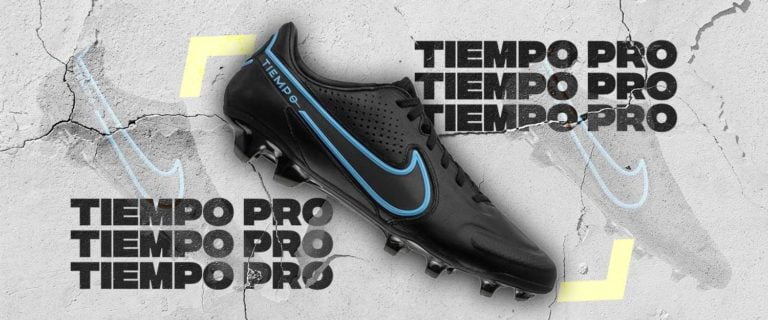The 5-2-3 Formation: Complete Handbook
The 5-2-3 formation in soccer, a tactical setup that prioritizes defense without compromising on attacking prowess, is a fascinating study in balance and strategy. Understanding and mastering this formation can offer teams a competitive edge.
This guide delves into the subtleties of the 5-2-3 formation, covering its layout, player roles, and strategic implementations. It aims to be an essential resource for both coaches and players.
key takeaways
| Section | Key Takeaway |
|---|---|
| Understanding the 5-2-3 Formation | Focuses on a blend of defensive solidity and quick counter-attacks. |
| Implementing the 5-2-3 Formation | Requires adaptable strategies and disciplined defense for success. |
| Advantages and Disadvantages of the 5-2-3 Formation | Balances strong defense with potential midfield vulnerability. |
| Training and Preparation | Emphasizes drills for defensive cohesion and forward agility. |
| Case Study: Uruguay National Team – 2010 FIFA World Cup | Demonstrates the formation’s effectiveness in leveraging key players for defensive and offensive success. |
Introduction
The 5-2-3 formation modifies the traditional 5-3-2 by emphasizing a strong defensive line, supported by two midfielders and three forwards. This structure offers both defensive solidity and forward attacking potential.
This structure is pivotal for teams looking to remain compact at the back while posing a threat through rapid transitions and counter-attacks. In today’s dynamically evolving game, grasping such tactical formations is crucial for anyone serious about soccer.
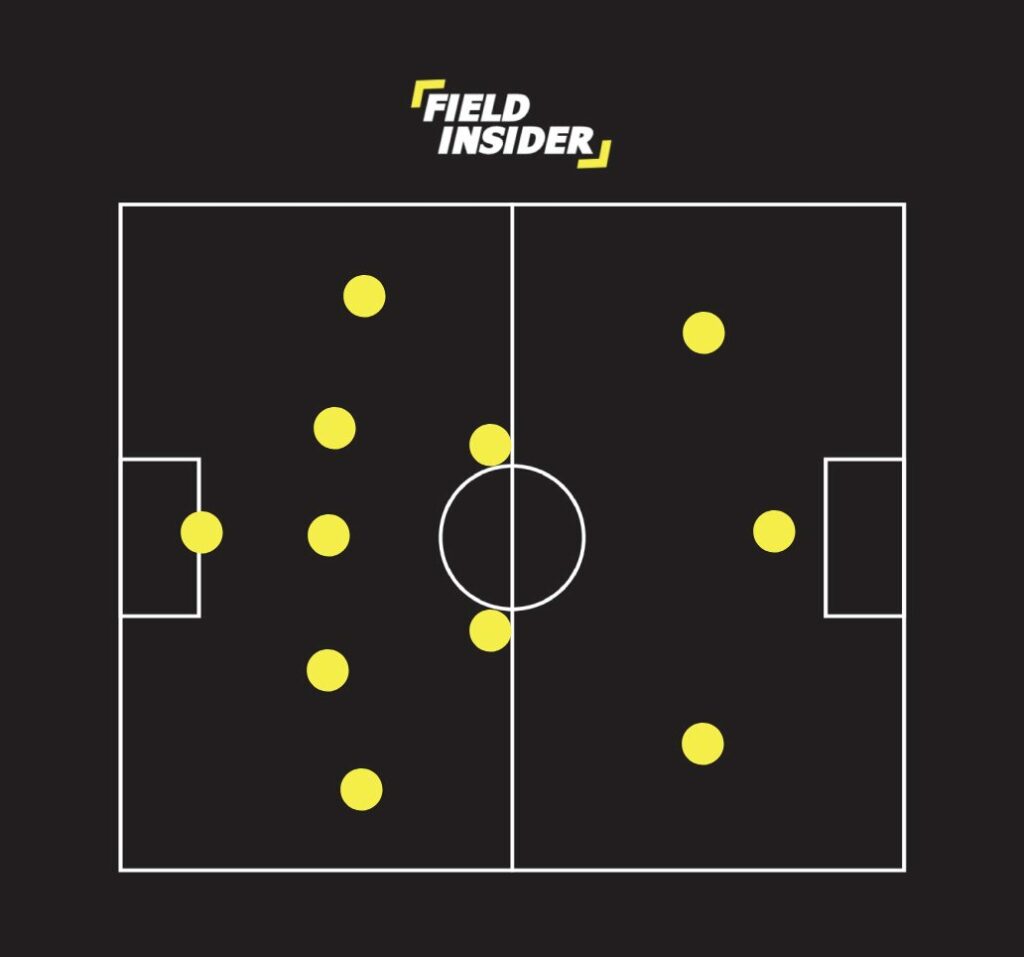
Understanding the 5-2-3 Formation

Formation Layout and Positioning
The 5-2-3 hinges on a backbone of three central defenders, augmented by two wing-backs who contribute both defensively and offensively. This configuration ensures defensive solidity while allowing for quick transitions, ideal for countering opponent attacks.
Players skilled in both defense and attack are crucial for mastering the 5-2-3 formation. It highlights the importance of a versatile skill set.
Roles and Responsibilities of Players
In the 5-2-3 setup, players’ roles are distinct yet interconnected, from the defensive duties of the wing-backs to the offensive responsibilities of the forwards.
Central to this formation is the concept of versatility. Defenders must be prepared to support attacks, while forwards are expected to contribute defensively. Achieving success with this formation requires a team of players adept in their roles and committed to a collective tactical approach.
Tactical Flexibility
The 5-2-3 formation offers significant tactical flexibility, allowing teams to adjust their approach based on the game’s demands. This adaptability is crucial in responding to various scenarios, whether seeking to protect a lead or chasing a game.
Teams employing this formation can switch between defensive solidity and attacking potency. It showcases the 5-2-3’s ability to accommodate different playing styles and strategies.
Implementing the 5-2-3 Formation
Key Strategies for Success
Implementing the 5-2-3 formation successfully hinges on disciplined defense and rapid transitions. Teams must cultivate a solid backline that can swiftly turn defense into offense, exploiting the speed and agility of their forwards.
This strategic depth requires a blend of tactical knowledge and player adaptability. It ensures the team can respond effectively to various game situations.
Adjustments for Different Game Situations
Flexibility within the 5-2-3 allows teams to adjust their setup dynamically, responding to the unfolding game. Whether pushing for a goal or defending a lead, understanding how to modify player roles and tactics is critical.
This might involve shifting to a more defensive 5-4-1 or an aggressive 3-4-3, depending on the situation, showcasing the 5-2-3 formation’s inherent adaptability.
Integrating New Players into the Formation
Successfully implementing the 5-2-3 formation also involves integrating new players into the system efficiently. This process requires a focus on training and adaptation, ensuring newcomers understand their roles and how they fit into the overall tactical approach.
Teams must emphasize communication, cohesion, and tactical drills that foster a quick adaptation process. It allows new players to seamlessly contribute to the formation’s strengths.
Advantages and Disadvantages of the 5-2-3 Formation
Advantages

Defensive Solidity
The 5-2-3 formation excels in creating a compact, hard-to-penetrate defensive unit. With five defenders, including three central defenders and two wing-backs, teams can effectively close spaces, making it difficult for opponents to find routes to goal.
This structure is particularly beneficial against teams that rely heavily on attacking through the middle or utilizing wide players to deliver crosses, providing a robust foundation for defensive stability.
Counter-Attack Efficiency
One of the standout advantages of the 5-2-3 is its ability to transition swiftly from defense to attack. It exploits spaces left by the opponent. The presence of three forwards allows for quick, incisive breaks, capitalizing on the pace and skill of the attacking players.
This setup is ideal for teams with fast forwards and wingers who can quickly adapt to offensive roles, making the most of any opportunity to counter-attack.
Disadvantages
Limited Midfield Presence
A notable drawback of the 5-2-3 formation is the potential for being outnumbered in midfield. With only two central midfielders, teams may struggle against opponents who deploy more players in this area, leading to challenges in maintaining possession and controlling the game’s tempo.
This can result in increased pressure on the defensive line and difficulties in creating sustained offensive opportunities.
Requires Specific Player Types
Implementing the 5-2-3 formation effectively demands players with specific skill sets, particularly in the wing-back and forward positions. Wing-backs must possess the stamina and speed to support both defense and attack.
Similarly, forwards need to be versatile, capable of pressing defensively and exploiting attacking opportunities. This requirement can limit tactical flexibility if the squad lacks players suited to these roles or if injuries reduce available options.
Tactical Formations and Center Backs’ Long Passes
The chart illustrates a study named “The Influence of Tactical Formation on Physical and Technical Match Performance in Professional Soccer.” It highlights how formation types impact the average long passes by center backs.
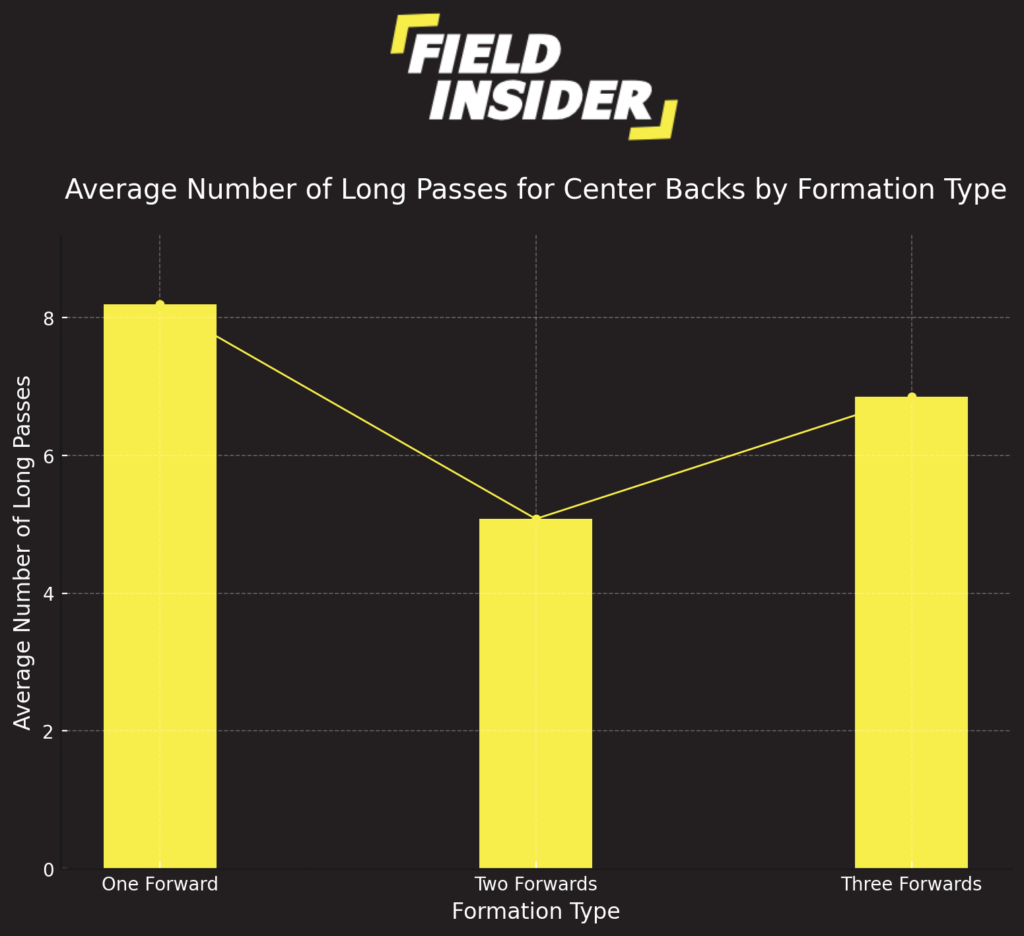
In the three forward formation, center backs average 6.85 long passes. This aligns with the attacking mindset that a 5-2-3 formation might adopt, facilitating forward movement through long passes.
Although not explicitly depicted, it’s plausible that in a 5-2-3 formation, where defensive cover is ample, center backs may have the confidence to execute more long passes, bridging the gap between defense and attack efficiently.
Training and Preparation
Drills and Exercises
| Area of Focus | Drill Description | Objective |
|---|---|---|
| Defensive Cohesion | Simulated match scenarios emphasizing defensive shape, communication, and executing offside traps. | Enhance teamwork and understanding among defenders. |
| Counter-Attack Efficiency | Quick transition drills from defense to attack, focusing on speed and precision in passing. | Improve ability to exploit counter-attack opportunities. |
| Endurance and Speed (Wing-Backs) | High-Intensity Interval Training (HIIT) and sustained sprint exercises. | Increase stamina and speed for defensive and offensive contributions. |
| Agility and Stamina (Forwards) | Drills that focus on quick changes of direction, sprinting ability, and maintaining high-intensity efforts. | Enhance forwards’ ability to press and capitalize on attacking chances. |
| Mental Preparation and Teamwork | Team-building activities and workshops to foster communication and a unified tactical approach. | Strengthen team ethos and collective tactical understanding. |
Fitness Requirements
Endurance and Speed for Wing-Backs
Wing-backs in the 5-2-3 formation have a demanding role, requiring them to contribute both defensively and offensively. To fulfill these responsibilities, targeted fitness programs emphasizing endurance and speed are crucial.
High-intensity interval training (HIIT) and endurance drills can help wing-backs maintain their performance levels throughout the match, ensuring they can support attacks without neglecting their defensive duties.
Agility and Stamina for Forwards
The three forwards in the 5-2-3 setup must exhibit exceptional agility and stamina, allowing them to press opponents effectively and exploit counter-attacking opportunities.
Training should focus on enhancing these attributes, with drills that improve quick changes of direction, sprinting ability, and overall fitness. This preparation is vital for forwards to maintain high levels of pressure on the opposition’s defenders and to make the most of any attacking chances that arise.
Mental Preparation and Teamwork
Building a strong team ethos and understanding among players is key to the 5-2-3 formation’s success. Mental preparation sessions that foster teamwork, communication, and a collective tactical understanding can enhance on-field performance.
Workshops and team-building activities can also help in developing a unified approach, ensuring all players are aligned with the formation’s strategic goals and are prepared to adapt to the dynamics of each game.
Case Study: Uruguay National Team – 2010 FIFA World Cup
The Uruguay National Team’s impressive run to the semi-finals of the 2010 FIFA World Cup serves as a compelling case study for the effectiveness of the 5-2-3 formation at the highest level of international football.
Under the tactical acumen of Óscar Tabárez, Uruguay leveraged this formation to maximize their squad’s strengths and navigate through a challenging tournament draw successfully.
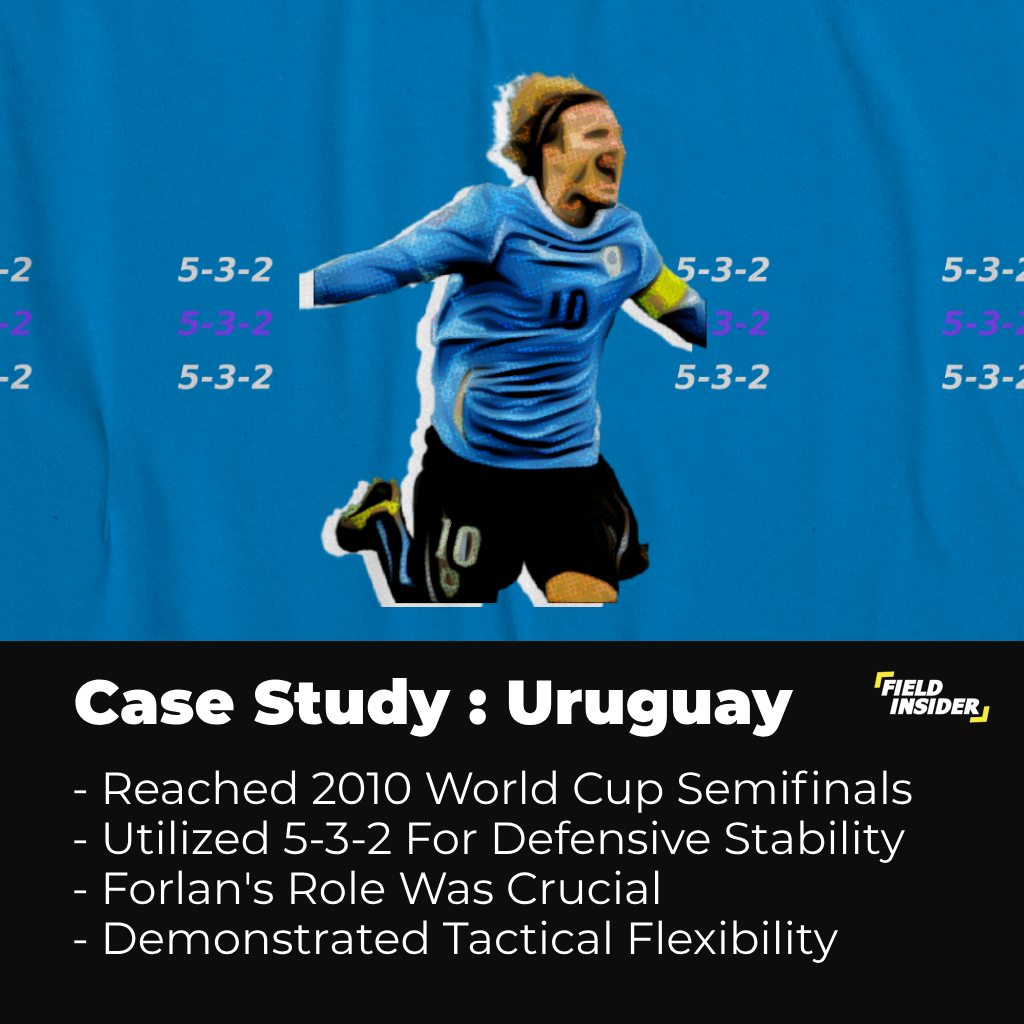
Tactical Overview
Uruguay’s adoption of the 5-2-3 formation was instrumental in their defensive solidity and counter-attacking prowess throughout the tournament. The backline, anchored by captain Diego Lugano, was complemented by the wing-backs’ diligence, providing both defensive cover and width in attack.
The midfield duo, often Arevalo Rios and Diego Perez, provided the necessary steel and work rate to disrupt opposition play. Up front, the trident of Luis Suárez, Diego Forlán, and Edinson Cavani combined mobility, skill, and finishing ability to pose a constant threat to opponents.
Defensive Solidity and Counter-Attack Efficiency
Uruguay’s journey to the semi-finals was marked by a series of disciplined defensive performances, conceding only three goals in the tournament’s group stage and knockout rounds leading up to the semi-finals.
This defensive resilience was complemented by effective counter-attacks, with Forlán’s vision and passing range playing a pivotal role in transitioning from defense to attack, showcasing the 5-2-3 formation’s potential for balancing defensive stability with offensive threat.
Uruguay’s performance in the 2010 FIFA World Cup is a testament to the 5-2-3 formation’s efficacy when applied with tactical intelligence and supported by players adept in fulfilling their roles within the system.
Conclusion
The 5-2-3 formation offers a fascinating tactical approach for teams looking to balance defensive security with attacking efficiency. By mastering this formation, coaches and players can adapt to various game scenarios, exploiting opponent weaknesses while minimizing their own vulnerabilities.
As soccer tactics continue to evolve, the 5-2-3 stands out as a testament to the beauty of strategic diversity in the beautiful game. Embracing this formation requires dedication and continuous adaptation, but the rewards can elevate a team’s performance to new heights.


